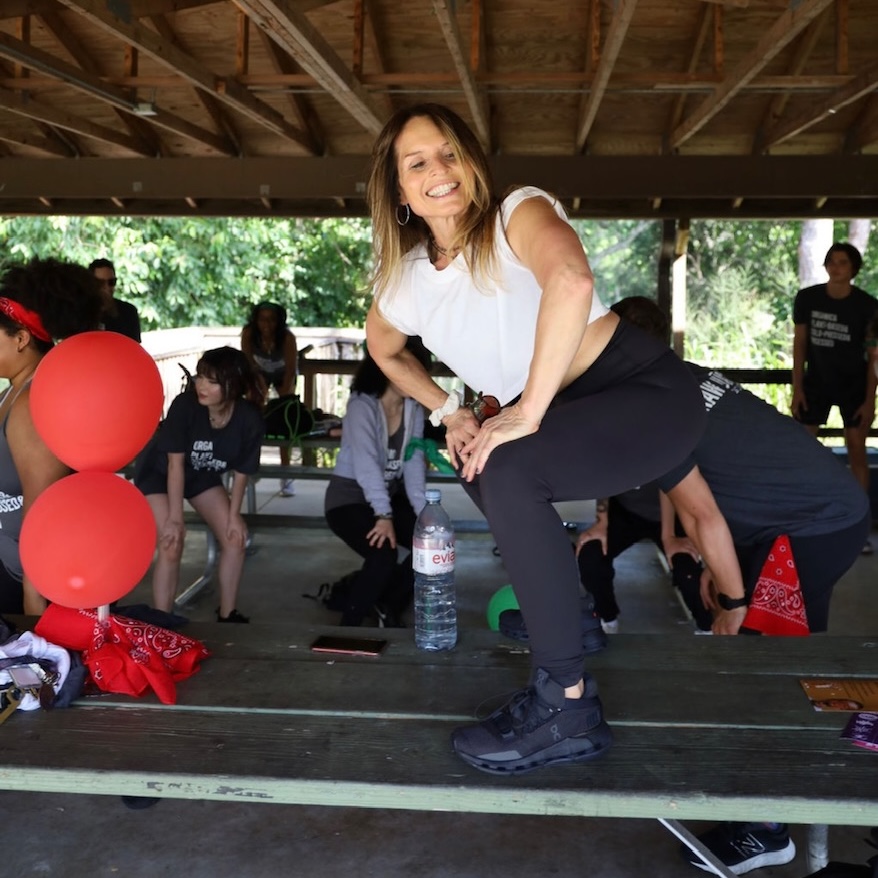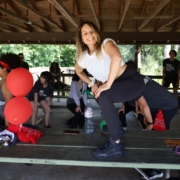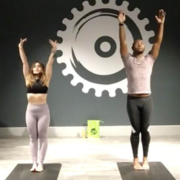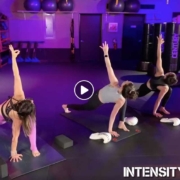 Florida Atlantic University athletes and staff participated in a yoga and mindfulness session with Mary Ann Morgan Fried on October 3, 2023.
Florida Atlantic University athletes and staff participated in a yoga and mindfulness session with Mary Ann Morgan Fried on October 3, 2023.
Being a college athlete means juggling intense training, academics, and personal life. It’s okay to acknowledge the mental challenges that come with it! At the beginning of this month we acknowledged Mental Health Week; let’s shine a light on the well-being of our incredible college athlete community.
Athleticism Beyond the Game
Remember, your strength isn’t just physical, it’s mental too. Your mental health matters as much as your physical training. Don’t hesitate to reach out if you’re feeling the pressure. We’re in this together!
Mindfulness in Sports
Embrace the power of mindfulness and mental preparation in your game. Visualization, breathing exercises, and positive affirmations can boost your confidence and focus. Share your mental prep tips and inspire your fellow athletes!
Talk, Share, Support
Athletes, coaches, and teammates – let’s keep the communication lines open. Be the listening ear someone might need. Your support can make a significant difference. Together, we can create a team culture of understanding and empathy.
Balancing Act
Balancing sports and academics can be challenging. It’s okay to ask for help. Your mental health impacts your performance. Reach out to counselors, teammates, or mentors if you’re feeling overwhelmed. There’s strength in seeking support.
Feel free to share this post with the college athletes in your life to encourage mental health awareness and support within your community. Together, we can create a supportive environment where every athlete feels heard, valued, and empowered.
 FAU athletes practicing yoga during the school’s Mental Health Week in October.
FAU athletes practicing yoga during the school’s Mental Health Week in October.
 FAU athletes learning how to meditate during the school’s Mental Health Week in October.
FAU athletes learning how to meditate during the school’s Mental Health Week in October.










 I was listening to
I was listening to 



 Step 1
Step 1


